The changing face of Worthing’s Heene Parade
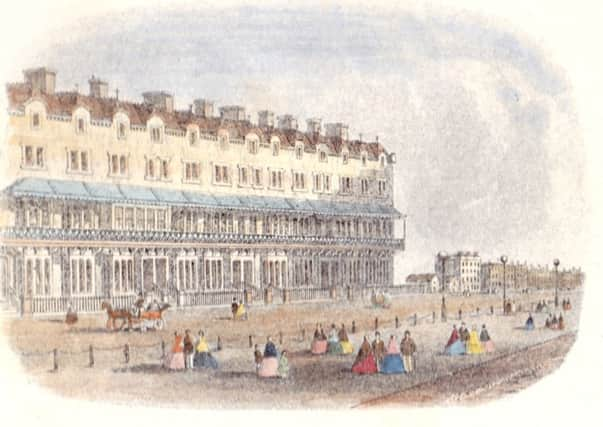

Nonetheless it continued to have its own identity until it was incorporated into the new borough of Worthing in 1890.
The first structures to be built on West Worthing seafront – in 1865 – were the Heene Hotel (later the West Worthing, and today the Burlington), and Heene Terrace.
Advertisement
Hide AdAdvertisement
Hide AdTwo years later, in 1867, a terrace of eight houses was built to the east of the Burlington Hotel by the Thorn brothers, Peter and Alexander, and named Heene Parade.
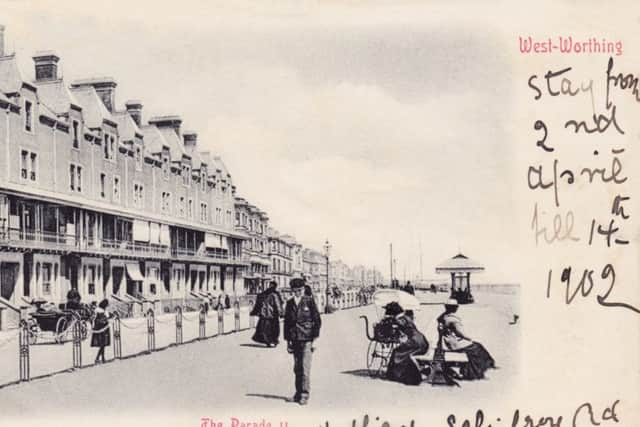

The Thorn brothers also built the swimming baths at the south-eastern end of Heene Road, demolished in 1973, and – to house their workmen – Thorn’s Terrace, which still stands, on the western side of Thorn Road.
The engraving above is dated January 1, 1870, so dates from only two or three years after Heene Parade was built.
Note the space to the east, where Prince’s Terrace and Victoria Terrace were later to be built, which shows that West Worthing was genuinely a separate settlement at that time.
Advertisement
Hide AdAdvertisement
Hide AdBy the start of the Great War most of the houses in Heene Parade had commercial or semi-commercial uses, as can be seen on some of the photographs, all of which date from between 1902 and around 1930.
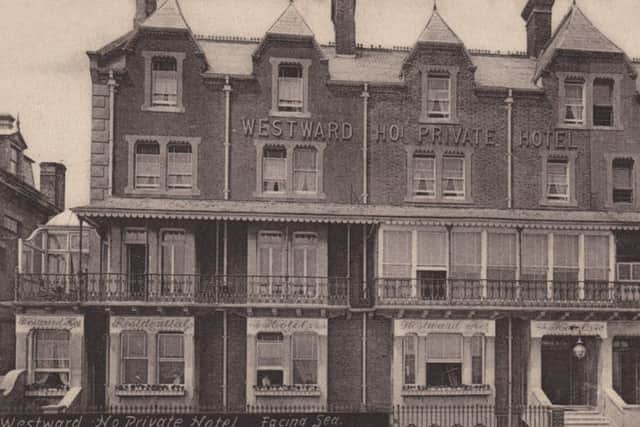

Some of them are rather atmospheric interiors, reminding us how much tastes in interior design have changed over the last hundred years.
The Westward Ho! private hotel, which appears on some of the photographs, originally occupied just No. 8, the house at the western end of Heene Parade; but around 1903 it took over No. 7 as well.
At the other end of the terrace, the Misses Carr, who for many years ran a girls’ school called Seabury at No. 2, were similarly expansionist, adding No. 1 in 1918.
Advertisement
Hide AdAdvertisement
Hide AdThe suffragette Emily Davison, who died after throwing herself in front of King George V’s horse at the 1913 Derby, taught at Seabury School from 1896 to 1898.
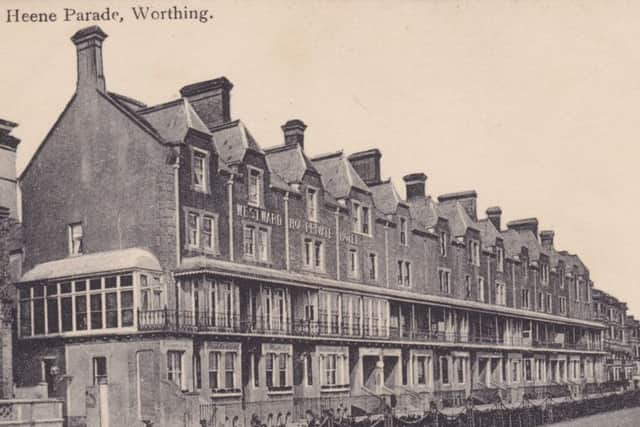

In 1920 the Westward Ho! was acquired by the Grange Convalescent Home, which had occupied No. 6 since 1914.
The enlarged establishment was named the Prince Albert Convalescent Home, in honour of George V’s second son, later George VI, whose first name was Albert.
In 1928 Prince Albert – by now the Duke of York – visited the Prince Albert Convalescent Home with his wife (who from George VI’s death in 1952 until her own death in 2002 was known as Queen Elizabeth the Queen Mother).
Advertisement
Hide AdAdvertisement
Hide AdIt is not clear from the historical record whether the Prince Albert Home was for servicemen injured in the Great War, or for railwaymen. Both uses are mentioned. Perhaps it was originally the first and later the second.
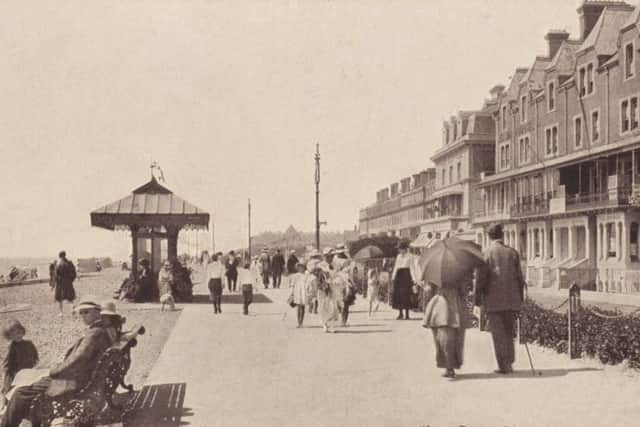

In 1914 the Beach Hotel had opened at No. 4 Heene Parade. This was the most expansionist establishment of all, and by 1934 it had acquired the whole terrace, which it transformed into a 94-bedroom art deco hotel, demolished in 2012.
This famous Worthing hotel will be the focus of the next article in this series.